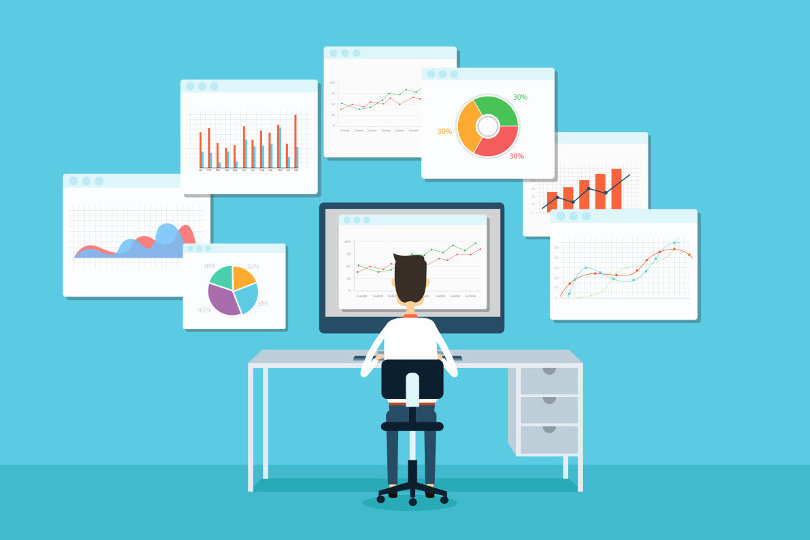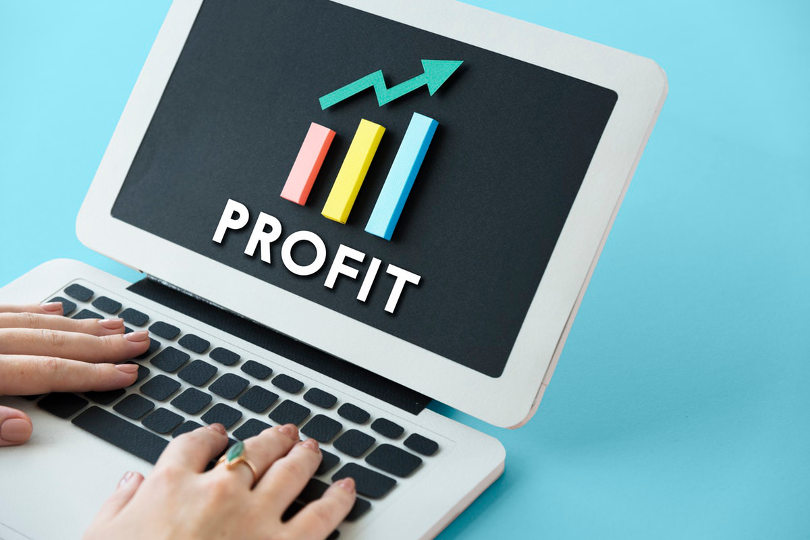No matter the business size, financial reporting is a mandatory practice. For decades now, the reporting process has been tedious and time-consuming. Not to mention static and hard to understand for users that are not acquainted with spreadsheets and other number-driven formats, leading to a decrease in the quality of the data presented in them.
With industries becoming more competitive by the day, the need to present relevant financial data in a more interactive and intuitive format becomes critical. This is where dashboards come in.

Essentially, a financial dashboard is an analytical tool that presents relevant financial data in real-time in a visually appealing way. This makes relevant insights understandable for average users, facilitating the decision-making process and making it more accessible to every relevant stakeholder.
To put their power into perspective, here we will present you with 5 benefits that you can reap from implementing them into your company.
Get a Centralized View of Financial Data
As mentioned, financial dashboards are interactive analytical tools that provide a centralized view of your most important key performance indicators. While static financial reports in the shape of PowerPoint presentations and Excel sheets have been used for decades, they don’t provide the level of interactivity needed to make swift decisions in today’s competitive landscape.
Dashboards enable you to visualize your most relevant data sources on one screen, allowing you to extract actionable insights about your performance and make informed decisions to ensure financial stability.
Save Time and Resources
Manually generating reports has always been a dreadful task that involved a lot of manual work. Modern financial dashboards can be automatically generated and updated in real-time. This way, you will always have the latest data available in hand and will be able to leave the pains of manually gathering and updating the data in the past.
This real-time access will allow you to spot any issues and tackle them before they become bigger. In the long run, your business will save money and time that can be invested in implementing initiatives to improve performance.
Financial Forecasting
Thanks to modern predictive analytics technologies, financial dashboards allow their users to generate accurate performance forecasts. By analyzing a mix of historical and current performance data, financial dashboards can generate projections about income and expenses as well as any unplanned scenarios that could affect them.
Financial forecasting has always relied on skilled experts to be performed. Modern dashboards provide a self-service approach that allows you to generate forecasts with just a few clicks. Like this, financial managers can decide where to allocate their yearly budget based on the insights provided.

Increase Profitability
Increasing profitability is one of the main goals of any finance department. Having 24/7 access to financial data through an interactive dashboard allows any relevant stakeholder to stay on top of any latest development as well as closely monitor progress against the business’s main financial goals. It empowers management to find trends, patterns, and improvement opportunities that will drive the company forward.
In time, this will lead to a significant increase in profitability that will also present a great competitive advantage.
Improve Communication
Last but not least, using modern financial dashboards can also significantly improve internal communication and efficiency. Financial analytics tools offer the possibility to generate online dashboards that can be easily shared and accessed from any device with an internet connection. This level of accessibility empowers employees to use data for their decision-making process and collaborate with others to implement initiatives that will drive the financial department forward.
And not just that, these analytical tools are user-friendly, making them easier to generate and navigate for an average business user.
Summing up, modern financial dashboards create a common language between different business users, allowing those who have more financial experience to help the ones with less experience to dig through the data and use it to boost performance. Visualizing your most important financial indicators in one central location will allow you to focus your efforts on reaching your core goals and improving operational efficiency.
With all these benefits in mind, dashboards have become a best practice for successful financial management, and companies who extract their full potential will set themselves apart from the competition.







